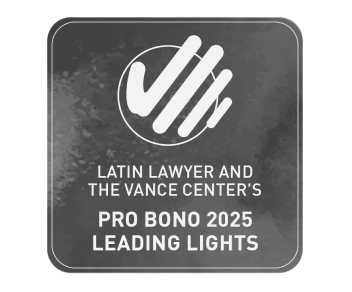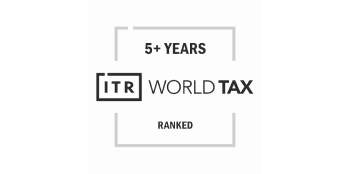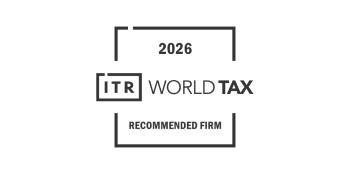


On October 9, 2025, the General Rules for the operation of the Electronic Filing Office of the National Energy Commission (the “Rules”, per its acronym in Spanish) were published in the Federal Official Gazette. The Rules repeal the previous rules issued by the Energy Regulatory Commission for the operation of its Electronic Filing Office.
The Rules establish the requirements to request the Accredited Person registration process, before the National Energy Commission (“CNE”, per its acronym in Spanish) and the operation of the Electronic Filing Office (the “OPE”, per its acronym in Spanish), which enables the filing and monitoring of applications, requests and submissions, filings, oversight and electronic notifications by CNE to Accredited Persons (as defined below).
The Rules are binding upon all regulated entities, Accredited Personas (as defined below) before the CNE and any other person that may use the OPE.
The main aspects of the Rules are summarized below:
An accredited person is an individual who acts on their own behalf or as the representative or attorney-in-fact of another person, legal entity or public entity (“Accredited Person”), and who meets the requirements to verify their legal capacity and obtain a user registration before the CNE’s OPE through the accredited person registration (the “APR”).
Regulated entities may appoint more than one Accredited Person to represent them.
The steps to attain the OPE’s APR are as follows:
The CNE may, at any time, request that the applicant submit original documents or certified copies when inconsistencies arise in relation to the documents previously submitted electronically.
In such cases, the applicant will have a period of five business days, counted from the day after the notification takes effect, to submit the required documentation to DOP.
If the applicant fails to do so, or does not appear for document verification on the date, time, and place specified in the request, the application may be dismissed.
Documents issued in a language other than Spanish must be accompanied by a certified translation, signed by the individual submitting the application, whether on their own behalf or on behalf of another person.
An Accredited Person may register up to three additional user email addresses, solely for the purpose of viewing filings and monitoring the status of matters related to the Accredited Person. If any of these additional users view a notification in the OPE account of the Accredited Person, the OPE will automatically generate the corresponding acknowledgment of receipt.
Accredited Persons registered for the first time in the OPE must submit at least one filing or promotion within three months of registration. Otherwise, their registration will be cancelled. In such case, CNE must notify the Accredited Person prior to the cancellation of the APR due to inactivity.
Electronic filings must be signed using the valid electronic signature (e.Firma) of the Accredited Person. By submitting an electronic filing, the Accredited Person acknowledges and agrees to the following: (i) they recognize as their own and authentic the information submitted to the CNE through the OPE; (ii) they assume full responsibility for the use of their electronic signature (e.Firma), username, and password by any third party, including in cases of loss or misuse; and (iii) they are responsible for resubmitting any information that was originally sent with a computer virus or in a format that prevents proper viewing.
An electronic acknowledgment of receipt must be issued for each filing submitted through the OPE.
Business days and hours correspond to the official work calendar of the CNE, as approved each year and published in the Official Gazette of the Federation. If a filing is submitted on a non-business day or outside business hours, it will be deemed submitted on the next business day.
All notifications issued by the CNE through the OPE take effect on the date they are made, and the corresponding deadlines begin to run on the next business day. For this purpose, the Accredited Person must check their OPE dashboard daily to verify notifications. Failure to do so will result in the notification being deemed received on the business day following the date it was made available.
The availability of the OPE does not preclude in-person submissions of applications, communications, documents, or information before the CNE’s filing office.
If the Accredited Person is unable to access the OPE or experiences a system error, they must notify the CNE no later than the next business day after the issue occurred, by email to acreditacion@cne.gob.mx.
If the Accredited Person can access the OPE but is unable to view the content of a notification, they must report the issue through a virtual ticket in the OPE, attaching the corresponding evidence.
For any questions or comments, you can contact our expert team.
Awards














